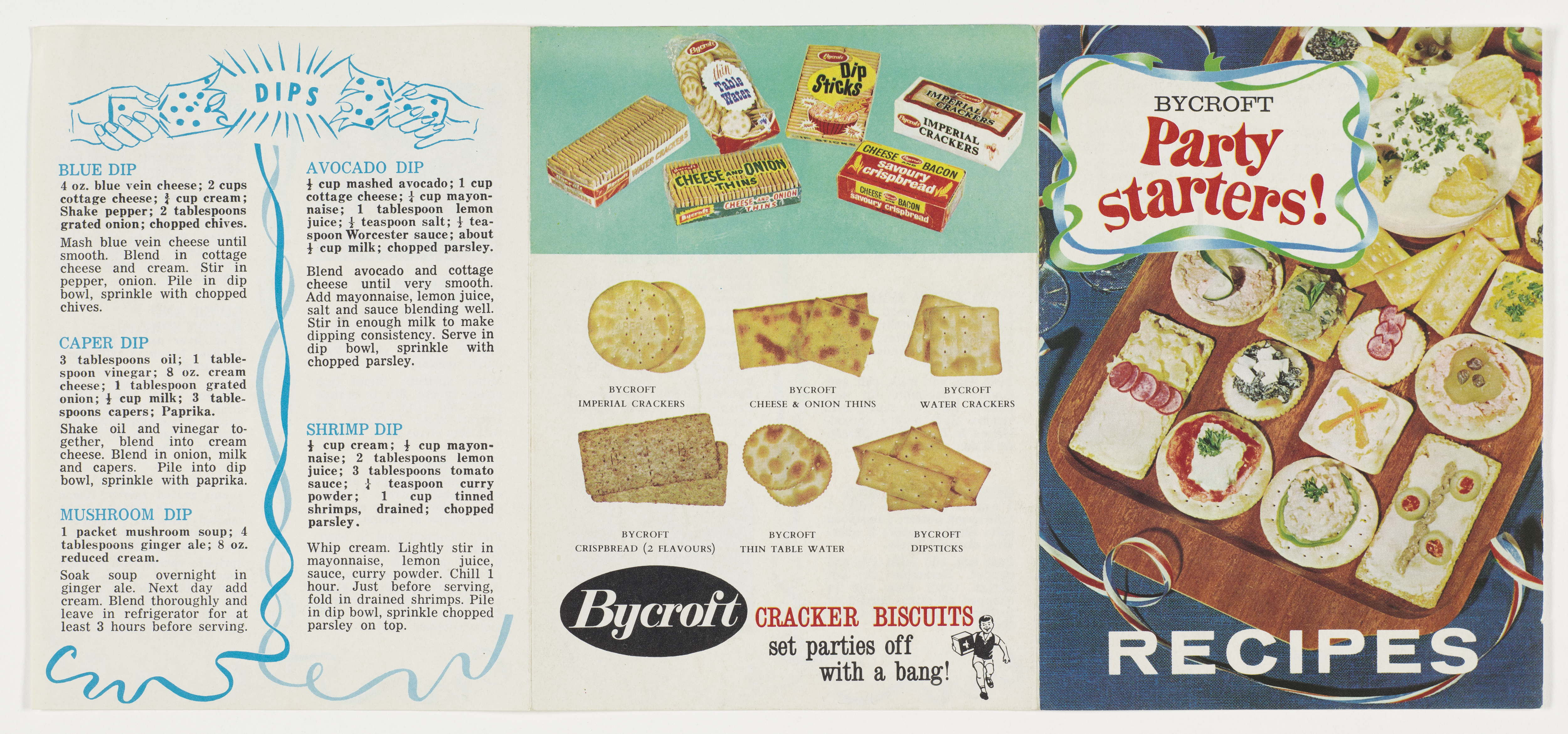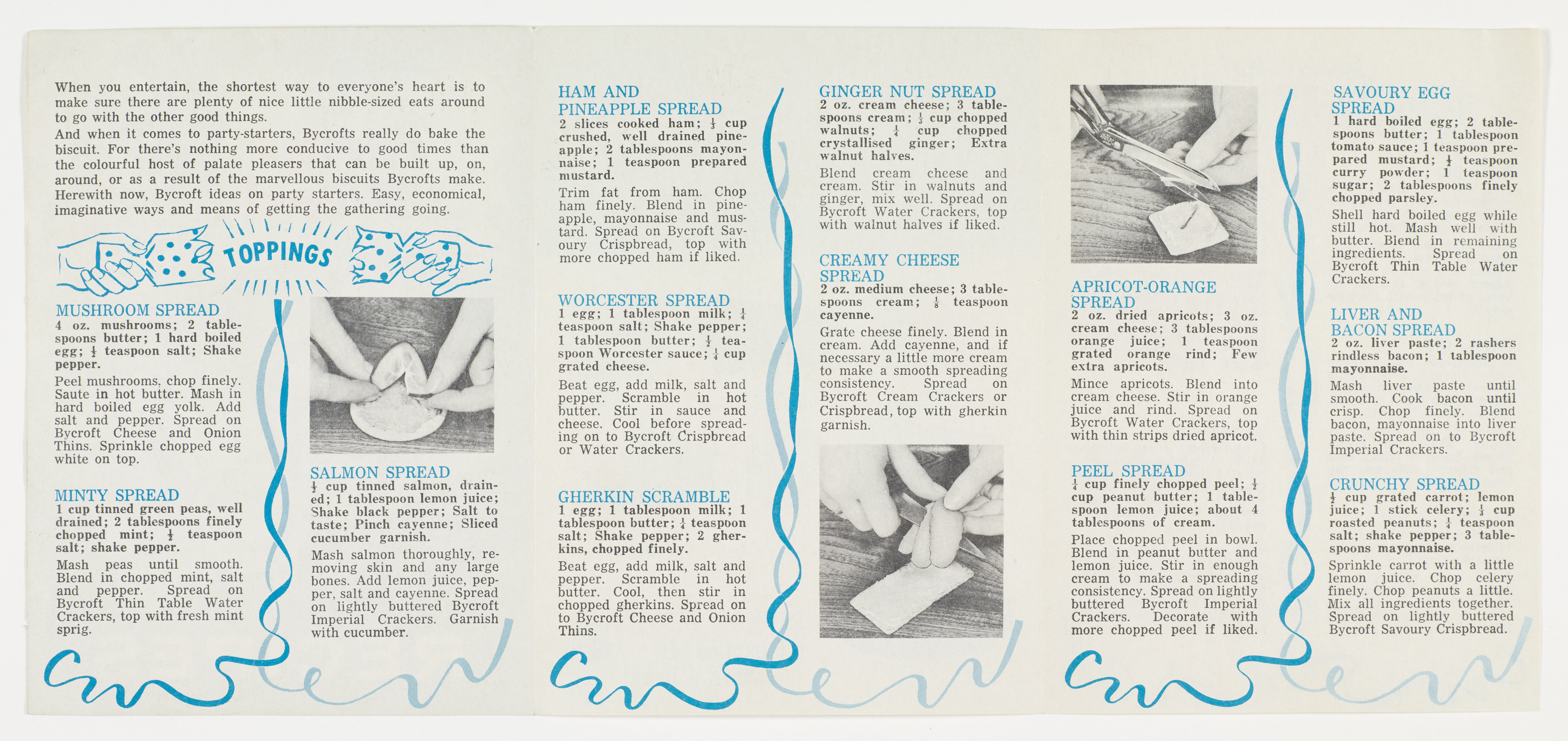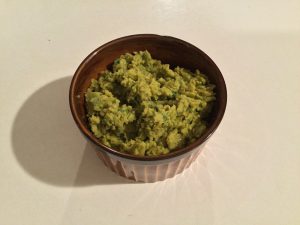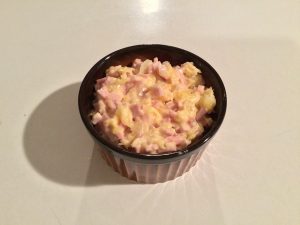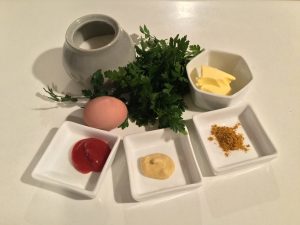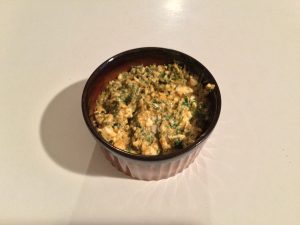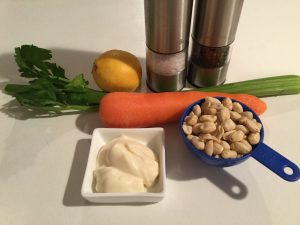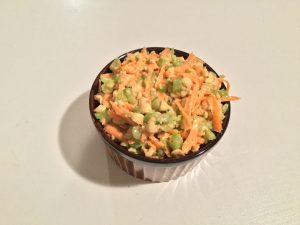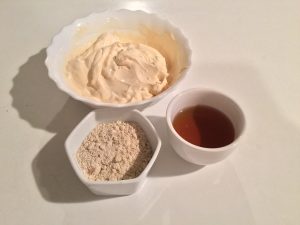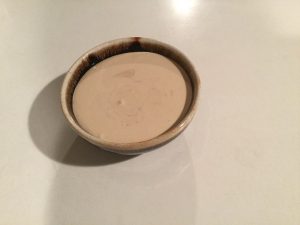Post cooked up by Ali Clarke, Collections Assistant, Archives
When we started this challenge of testing recipes we had found in the Hocken stacks, I immediately thought of the archives of scientists Franz and Marianne Bielschowsky, whose lives took several unexpected paths. Marianne’s recipe books – some handwritten, some full of clippings and some published – are mostly in German, so that added to the challenge! My German language skills are pretty basic, but with the help of a good dictionary and a fluent German speaker I was able to figure out the technical instructions in my chosen recipe.

The cover of Marianne Bielschowsky’s book, ‘Ein Bilder-Koch-Buch’ (an illustrated cook book), compiled c.1946, MS-1493/027, Bielschowsky papers.
My attention was grabbed by Marianne Bielschowsky’s handwritten heading “Leckere Kuchen aus besseren Zeiten!” for some printed recipes she pasted into one of her recipe clippings books. This translates as “Delicious cakes from better times!” That has a poignancy which reflects the times – the clippings book was probably compiled about 1946, when she was living in England. A cake like this, featuring butter, sugar and 6 eggs, would have been beyond the capacity of most people during rationing – when an adult’s weekly rations were 2oz of butter, 8oz of sugar and 1 egg. No doubt this distinctly German recipe also served as a reminder of a happy childhood there.
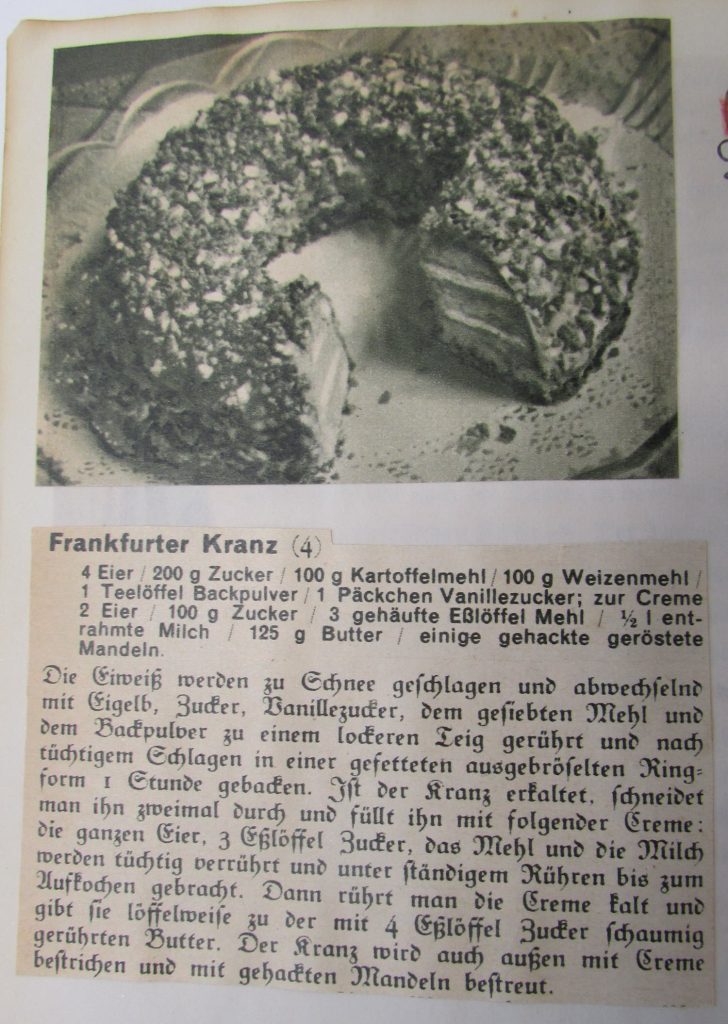
Recipe for Frankfurter Kranz, pasted into ‘Ein Bilder-Koch-Buch’, MS-1493/027, Bielschowsky papers.
I’ve written about the Bielschowskys previously, in a post about the Spanish Civil War for the University of Otago 150 years history blog. Franz Bielschowsky (1902-1965), the son of a distinguished German neurologist, was dismissed from his position as a medical researcher in Dusseldorf early in 1933 because he was Jewish, and fled to Amsterdam. In 1934 he relocated to Madrid, where he became a lecturer in the medical faculty; in 1935 he was appointed director of the biochemistry department of the new Institute for Experimental Medicine at the Central University of Madrid.

Marianne Bielschowsky, photographed in Brussels, 1939. MS-1493/036, Bielschowsky papers.
Marianne Angermann (1904-1977), a German biochemist who had worked with Franz Bielschowsky in Dusseldorf, joined him at the Institute in Madrid late in 1935; they were to marry in 1937. Angermann was born in Dresden. She was not Jewish herself, and her family appears to have been in comfortable circumstances; her father was at one time the Burgermeister (Mayor) of a small town. She studied in Koln (Cologne), Bonn and Freiburg im Breisgau, where she obtained her PhD. Marianne described herself and her parents as ‘Antifaschisten’ – opposed to fascism.
Angermann and Bielschowsky refused offers to leave Spain when the civil war began there in 1936, but as the siege of Madrid lengthened, research became impossible. Franz joined the republican medical service and worked at a military hospital in Madrid. They fled Spain early in 1939, as Franco’s forces prepared to enter the capital. They were now refugees for a second time, and as war took over Europe they ended up in England. Both worked at the University of Sheffield until 1948, when they arrived in Otago, where Franz had been appointed director of the cancer research laboratory; Marianne worked alongside him. She was especially known for her development of various special strains of mice, used worldwide for medical research.
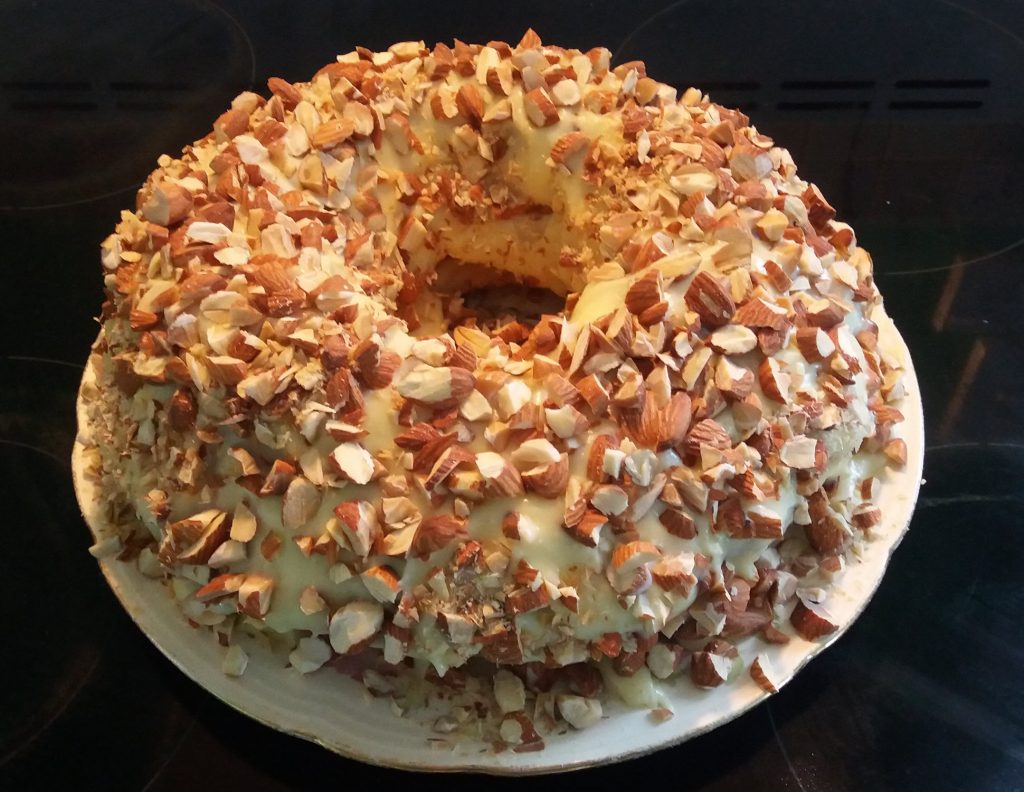
My first attempt at the cake was a hit with my family.
An English translation of Marianne Bielschowsky’s recipe:
Frankfurt Wreath
For the cake:
4 eggs
200g sugar
100g potato flour
100g wheat flour
1 tsp baking powder
1 packet vanilla sugar (I substituted 2 tsp vanilla essence)
Whip the egg whites until stiff (“like snow”). Mix together the egg yolks, sugar and vanilla. Add to egg whites alternately with the sifted flours and baking powder to make a soft dough. Beat well. Bake for 1 hour in a greased and floured ring tin. When the wreath is cold, cut it through twice [making 3 layers]. Fill with the following cream, then spread cream over the outside and sprinkle with the almonds.
For the cream:
2 eggs
100g sugar
3 heaped tbsp flour
½ litre skimmed milk
125g butter
toasted chopped almonds
Mix the eggs, 3 tbsp of the sugar, the flour and milk together well [in a pot]. Heat, stirring constantly, until it comes to the boil. Remove from heat and continue stirring until it is cold. Mix the remaining sugar and softened butter together and stir into the custard mixture.
Hints
I couldn’t find potato flour in my usual supermarkets, but it is available in health food stores and Asian grocery stores.
No oven temperature is given – I found it took just 30-40 minutes in a moderate oven (180°C).
I made the cake twice. I wasn’t entirely satisfied with the consistency of the cake in my first test run, so I changed the method a little on my second try. Instead of adding the yolks/sugar/vanilla to the egg whites, I slowly folded the whipped egg whites into the well beaten yolks/sugar/vanilla mixture, then added the flours/baking powder – this worked better and made a lovely light sponge.
The cream was more successful on my first attempt – it curdled slightly on my second go when I added the butter/sugar. I recommend making sure the butter/sugar mixture is really well creamed, and cold, before stirring it into the cold custard.
The secret to any custard is stirring to prevent lumps – I use a hand whisk to stir the entire time it is cooking. This recipe recommends stirring while it cools as well – I put the pot into a sink of cold water to speed that process.
I used whole almonds I had chopped into big chunks, then toasted in the oven for 5 or 10 minutes.
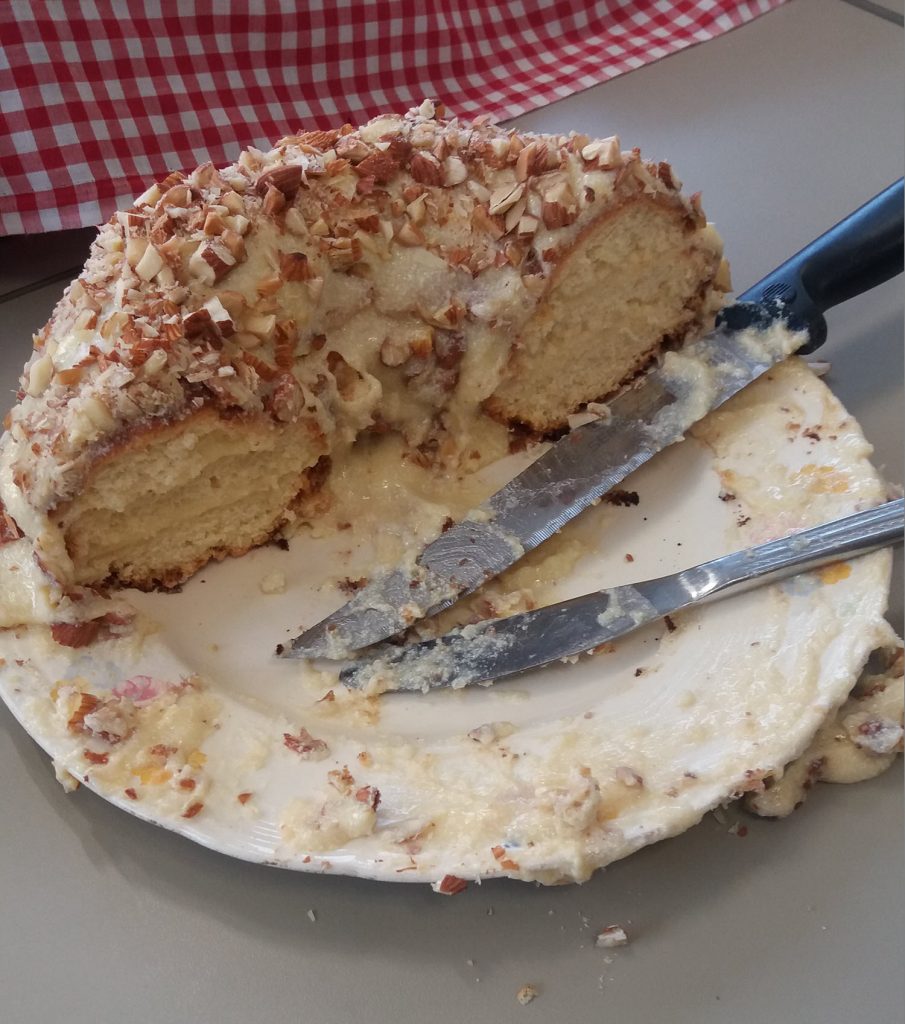
The second attempt disappeared quickly from the Hocken staffroom!
Results
This cake was a big hit with the tasters both times I made it! It isn’t strongly flavoured, but the contrast in textures between the fluffy cake, smooth cream and crunchy almonds is delicious, as many commented. There was universal approval from the Hocken staff: “those ‘better times’ must have been amazing”, suggested one. The delicious custard/nuts made it “quite different to most of my modern cake experiences”, wrote one reviewer, with others also noting its distinctly Germanic style. A warning – it’s messy to eat, as one reviewer pointed out!
I searched online for modern versions of this recipe – the English-language versions, such as this one translate the name as Frankfurt Crown Cake. They add jam to the filling between the layers, coat the almonds in caramel, and include cherries and other fancy decorations so the cake resembles a jewelled crown. They also use packets of vanilla pudding instead of making the custard from scratch! The older version I tried is less extravagant, but still delicious, and I encourage you to try it at home. We don’t know if Marianne Bielschowsky made this cake once she had settled in Dunedin, but in any case it has been a pleasure to make it as a tribute to her.
What else have we cooked up?
Stirring up the stacks #3: Bycroft party starters
Stirring up the stacks #2 The parfait on the blackboard
Stirring up the stacks #1 Variety salad in tomato aspic


